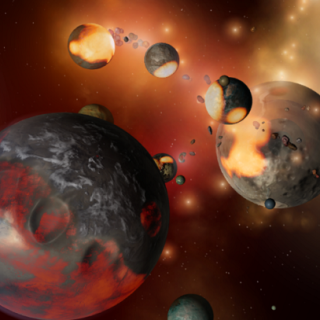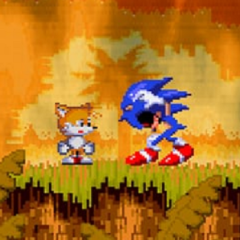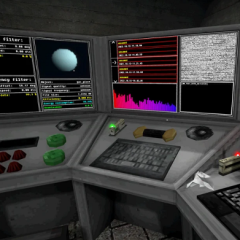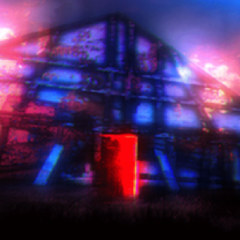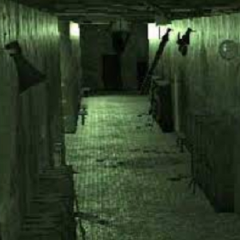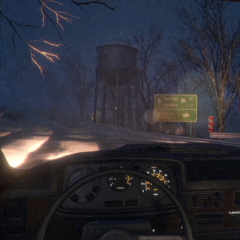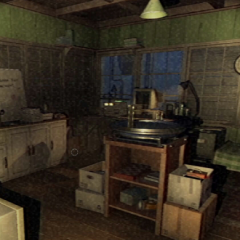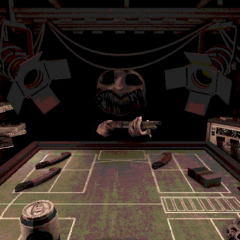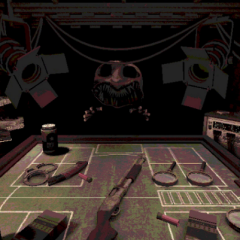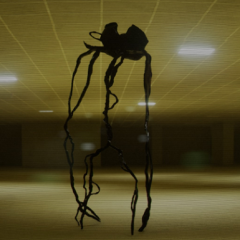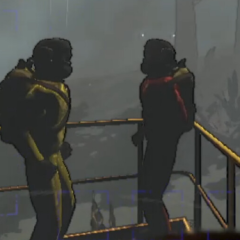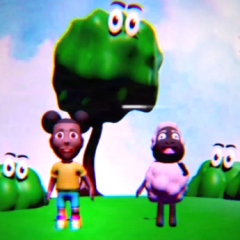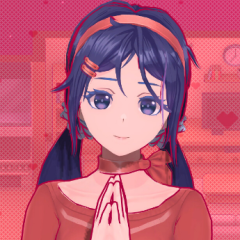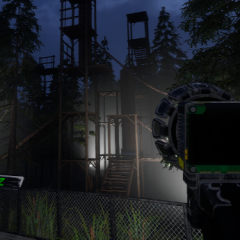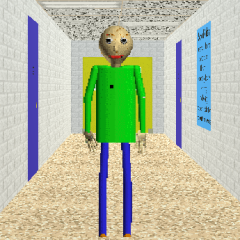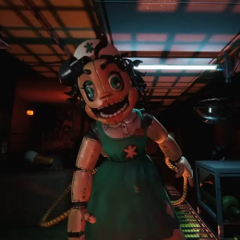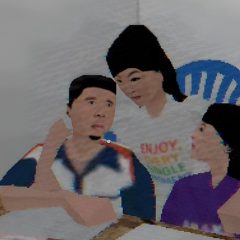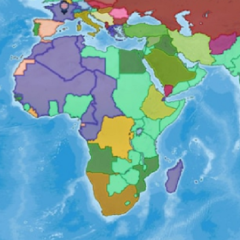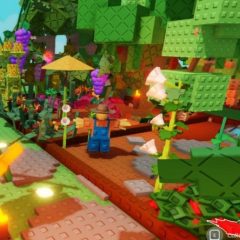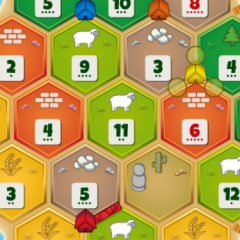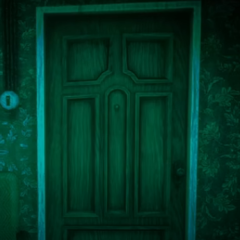Universe Sandbox
Universe Sandbox is a physics-based space simulator that allows players to explore celestial mechanics through direct interaction. The game provides tools to manipulate stars, planets, and galaxies, using real scientific data to simulate orbital dynamics, gravity, collisions, and climate effects. Whether adjusting the mass of Jupiter or colliding Earth with Mars, players can watch how each scenario plays out in real time or slow motion.
Tools for Experimentation and Discovery
One of the core strengths of Universe Sandbox lies in its interactive nature. Every object in the game responds to changes according to known physics principles, making experimentation both educational and engaging. Players can introduce new planets, change orbital paths, or even create hypothetical star systems. The visual interface updates instantly, allowing users to see gravitational effects, temperature shifts, and atmospheric changes as they happen.
Here are some of the tools and features included in the game:
· Gravity simulation between multiple bodies
· Planetary surface and atmosphere manipulation
· Collision modeling with visual outcomes
· Climate system based on axial tilt and distance from stars
· Real astronomical data for many known objects
· Ability to pause, speed up, or reverse time
Educational Value Through Simulation
While Universe Sandbox can be enjoyed casually, it also serves as a learning platform for those interested in astronomy, physics, or planetary science. By adjusting factors like a planet’s density, orbit, or rotation, players gain a deeper understanding of how celestial systems function. Scenarios like black hole formation, tidal locking, or planetary ring creation offer insight into phenomena that would otherwise be difficult to visualize.
A Sandbox Without Boundaries
Universe Sandbox does not follow traditional game goals or objectives. Instead, it gives players the freedom to create, destroy, and observe without limitations. The lack of a defined structure makes it ideal for experimentation, whether simulating known star systems or imagining alternate versions of our solar system. Its combination of scientific accuracy and creative flexibility makes it a tool for both education and exploration.
